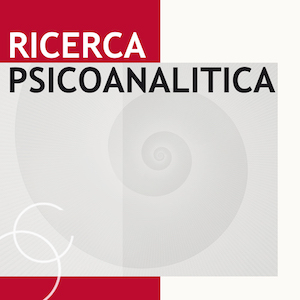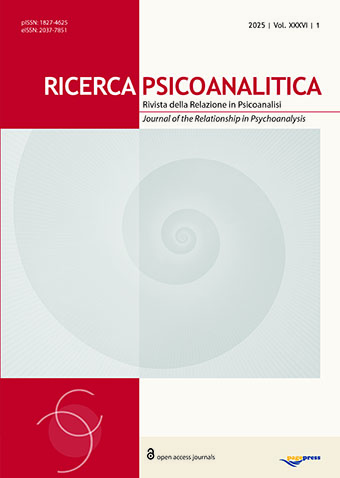Dissociazione e stanza d’analisi: esperienza relazionale, presenza affettiva del terapeuta e regolazione emotiva

All claims expressed in this article are solely those of the authors and do not necessarily represent those of their affiliated organizations, or those of the publisher, the editors and the reviewers. Any product that may be evaluated in this article or claim that may be made by its manufacturer is not guaranteed or endorsed by the publisher.
Autori
La dissociazione rappresenta un meccanismo psichico che può manifestarsi sia in forme comuni e non patologiche, come perdersi nei propri pensieri durante una passeggiata, sia in modalità più gravi, come l’amnesia o la frammentazione dell’identità. In questo lavoro ci occuperemo di quei casi in cui, in ambito terapeutico, essa può emergere come un distacco o isolamento emotivo, spesso come strategia difensiva di fronte a emozioni travolgenti. Il compito dell’analista, coinvolto in prima persona, è offrire uno spazio di regolazione affettiva che consenta al paziente di riconnettersi con il proprio mondo emotivo e di reintegrare le esperienze dissociate. Attraverso due vignette cliniche, verranno illustrate differenti manifestazioni della dissociazione in seduta, evidenziando le sfide che queste pongono all’analista nella pratica clinica.
Come citare

Questo volume è pubblicato con la licenza Creative Commons Attribuzione - Non commerciale 4.0 Internazionale.
PAGEPress has chosen to apply the Creative Commons Attribution NonCommercial 4.0 International License (CC BY-NC 4.0) to all manuscripts to be published.










